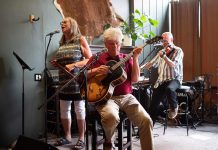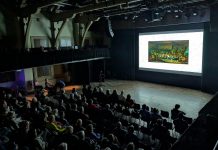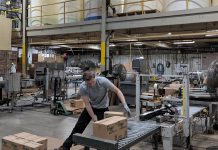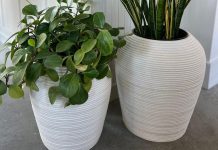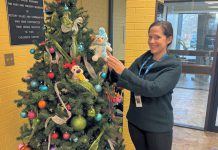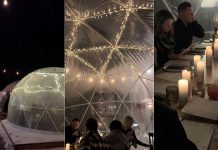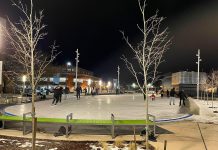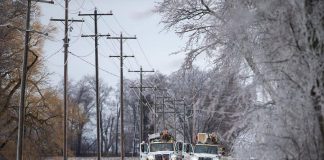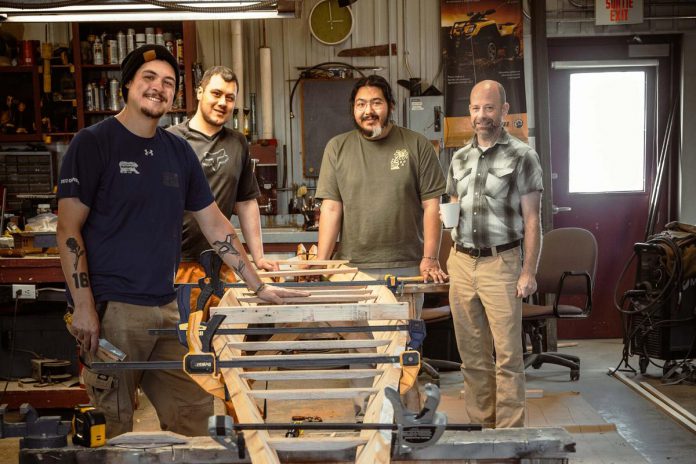
Visitors to The Canadian Canoe Museum in Peterborough will soon be able to watch canoes, kayaks, and more being built before their eyes.
On Thursday (April 24), the museum announced its new Builders in Residence Program, which will see four contemporary builders and makers from across Canada set up shop throughout the year in the museum’s Dalglish Family Living Traditions Centre.
Since The Canadian Canoe Museum opened the doors of its new location on the shores of Little Lake last May, more than 50,000 people have visited the museum to connect with the world’s largest collection of watercraft through interactive exhibits, outdoor adventures, and experiential programming.
Through demonstrations, clinics, and storytelling, visitors will now also have the opportunity to witness the construction of a wood and canvas canoe, an Algonquin-style birch bark canoe, birch bark baskets and moccasins, and qajaak (two kayaks) and to meet the builders and makers behind them. One of the canoes and the two kayaks will be used in the museum’s fleet of watercraft for on-water programming.
“We are so excited to offer visitors yet another valuable way to connect with the collection and canoe and kayak builders, ensuring these traditions and skills remain vibrant,” says the museum’s executive director Carolyn Hyslop in a media release.
“The Builders in Residence Program builds on our commitment to foster collaborative relationships with Indigenous peoples, amplify diverse and contemporary voices, and create new opportunities for these remarkable people to share and be recognized for their skills and knowledge.”
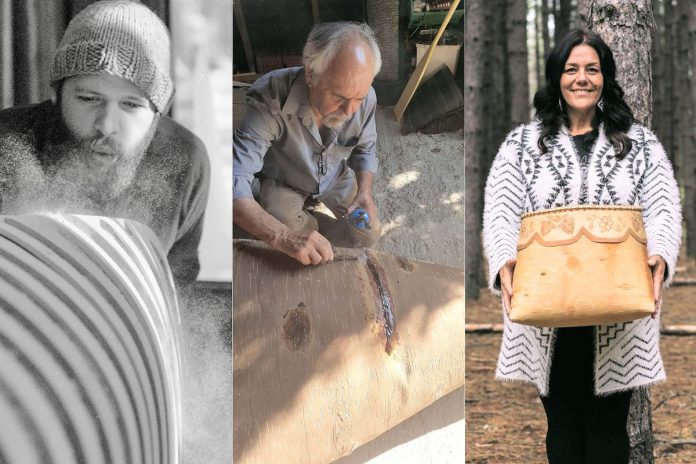
For those who are unable to visit in person, the museum will be producing an online series of mini-documentaries that will share each builder’s process, stories, and approach to their work.
“The Builders in Residence Program is a natural extension of the strong relationships we’ve built with canoe and kayak builders across the country,” says museum curator Jeremy Ward. “It offers a powerful way to honour the cultural histories and technical achievements held within the collection by bringing them to life through hands-on learning and storytelling.
The program kicks off in May with Jamie Bartle of Headwaters Canoes in Wakefield, Quebec, who will demonstrate the building of a wood and canvas canoe and provide clinics on the techniques of key construction stages. The completed canoe will be used in the museum’s on-water program fleet.
In June, Pinock of Kitigan Zibi First Nation near Maniwaki, Quebec will construct an Algonquin-style birch bark canoe and assist with the development of a school program related to Algonquin bark canoe construction.
In July, artist Helen Pelletier of Fort William First Nation (located on the western shores of Lake Superior) will teach and demonstrate the art of birch bark basket-making, etching, and moccasin-making.
In October, senior members of the Qajakkut Society in Iqaluit, Nunavut will build south Baffin-style qajaak (two kayaks) and share their knowledge and paddling skills through lessons and programs. These qajaak will also be used in the museum’s on-water program fleet.
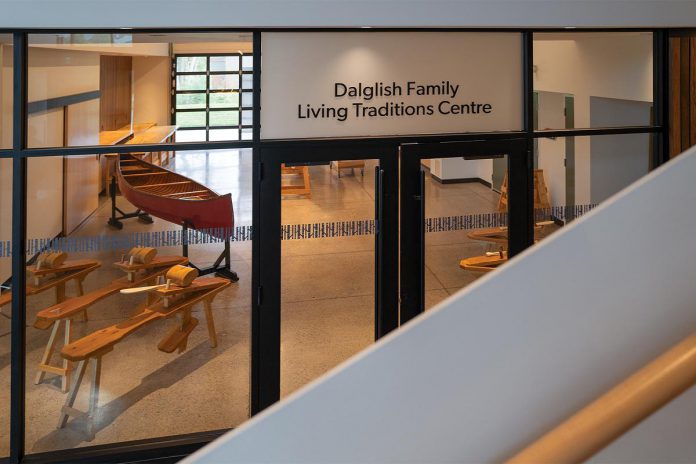
The Qajakkut Society’s residency is supported by the Dalglish Family Foundation, which donated $1.2 million to the museum’s capital campaign and after whom the living traditions centre was named.
“Canadians can be proud of their country’s rich history of canoe building,” says Geordie Dalglish of the Dalglish Family Foundation. “Our family is delighted to support the Qajakkut Society as they bring these traditions to life. Their watercraft tell a story and help us understand where we come from and what their use means to our great nation.” said Geordie Dalglish, Dalglish Family Foundation.
For more information about the Builders in Residence Program and updates, visit canoemuseum.ca/builders-in-residence.







